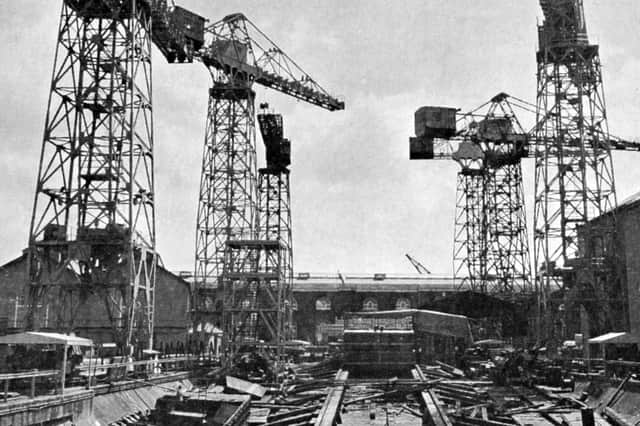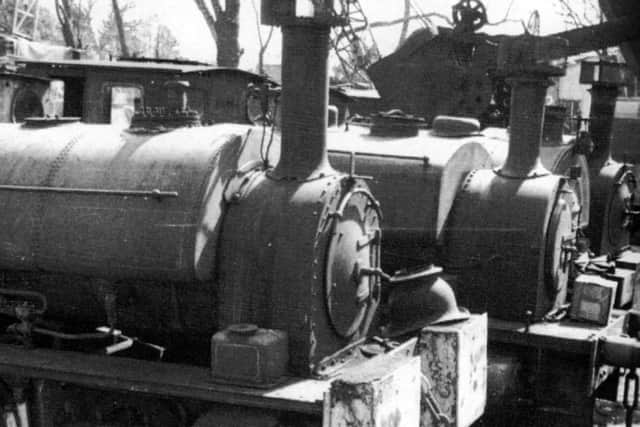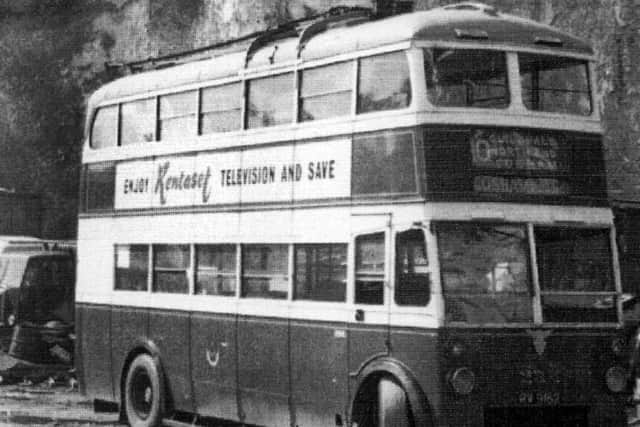Portsmouth birthplace of the Dreadnought, when Royal Navy feared nothing '“ Nostalgia


The picture was taken in February 1971 when shipbuilding as we knew it had ended.
It was on this slipway that HMS Dreadnought, the first battleship of the Dreadnought class was laid down, built and launched in record time. Construction began on October 2, 1905. Her hull was launched on February 10, 1906, and she was completed, officially, after only a year and a day, in December 1906.Â
Advertisement
Hide AdAdvertisement
Hide AdThe slip dated from the 1760s and could well have been the most famous slipway in the country. This meant nothing of course and it was filled in in the 1980s. Thanks to Portsmouth Dockyard Historical Society.


'¢Â The second and third pictures were taken by Bruce Oliver when he was looking around Sullivan's scrapyard, Bedhampton, in 1961.
The firm was Southern Counties Demolition (Sullivan's) and it took over an old chalk pit at the eastern end of Portsdown Hill, on the slope leading down into Bedhampton. During the war the pit had been used to store ammunition.
Sullivan's became successful buying up much local transport when it reached the end of its days.
Advertisement
Hide AdAdvertisement
Hide Ad When the demolition company moved out it became a shopping area with bowling alley. These have been demolished and housing built on the site. The pictures are from Tony Triggs's book Portsdown Panorama.


The dockyard locos were saddle tanks built in 1915 and classed as 0-4-0 OST Avonsides. They spent their whole lives in the dockyard and were retired in 1961.
The Portsmouth trolleybus, complete with destination blinds, appears to have finished its last run and been disposed of on the same day.The Rentaset advert on the side dates the photograph perfectly, days when everyone rented a TV.
'¢Â There was once a racecourse on what is now Farlington playing fields, south of the railway line and east of Eastern Road. The track, Farlington Park, opened in June 1891 and the station followed three years later. It was just past the points where the line splits for Cosham from the main line under today's Eastern Road bridge.Â
Advertisement
Hide AdAdvertisement
Hide AdThe course was closed and bought by the War Office in 1915 to be used as an ammunition dump. When the First World War was over Portsmouth people thought they would get the track back but the War Office refused to sell. It was later bought by the council. The station reopened in 1922 and remained until 1927. It reopened in 1928 and closed for good in July 4, 1937.
Â